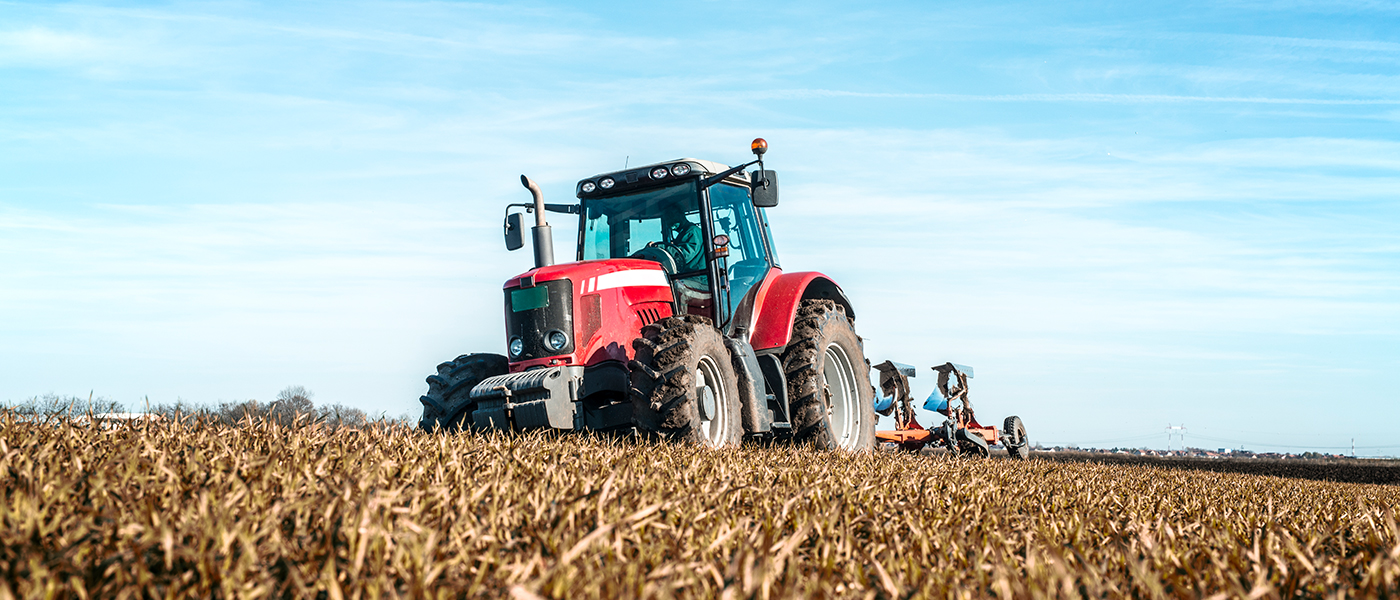Grains & Cereals
Grains and cereals are some of the most important staple foods in the world and have been a fundamental part of the human diet for thousands of years. Historically, grains were among the first crops to be domesticated, with evidence pointing to their cultivation in the ancient civilizations of the Fertile Crescent around 10,000 years ago. Over time, the cultivation of grains spread across the globe, becoming a central part of the agricultural landscape in regions such as Asia, Africa, Europe, and the Americas.We specialize in the sourcing, trading, and distribution of high-quality grains and pulses that meet the growing demand across diverse markets. We source grains and cereals from Russia, Ukraine and Latam countries ensuring that our customers receive only the best quality products.
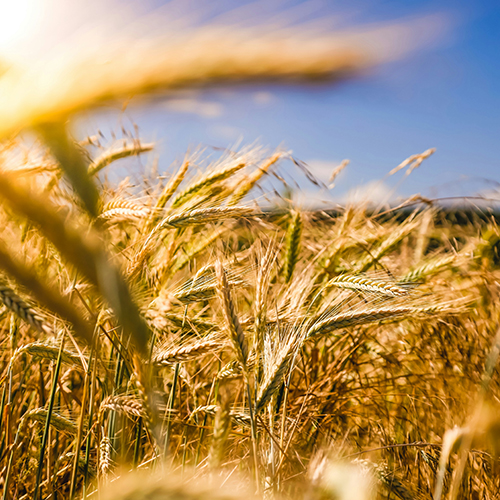
Wheat
Wheat is a staple crop with various types categorized by hardness, protein content, and intended use. We can source these varieties from key growing regions like the USA, Australia, Russia, and Ukraine. Hard Red Winter Wheat (HRW) is ideal for bread, while Hard Red Spring Wheat (HRS) boasts high protein for premium flour. Soft Red Winter Wheat (SRW) is suited for cakes and pastries. Durum Wheat, with high gluten, is used for pasta and couscous. Soft White Wheat finds its place in soft flour products like cakes and crackers. Finally, Red and White Wheat blends are versatile for various flour applications.

Rice
Rice is a global staple food with numerous varieties categorized by grain length, shape, and milling process. We source rice from major producing regions like India, Thailand, Vietnam, and the United States.

Maize
Maize, also known as corn, is a versatile grain with numerous varieties categorized by color, kernel type, and usage. We can source maize from major producing regions like the United States, Brazil, and Argentina.
Oilseeds & Pulses
Oilseeds and pulses have long been vital to human nutrition and agriculture. Oilseeds like soybean, sunflower, and canola provide valuable oils used in cooking, while pulses such as lentils, chickpeas, and beans are rich in protein and fiber. These crops have been cultivated for thousands of years and remain essential for both human consumption and livestock feed.
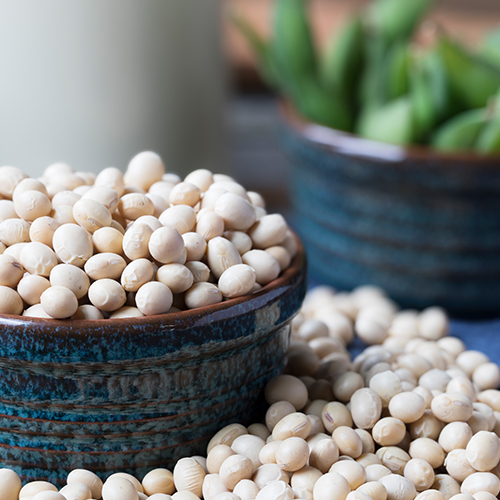
Soyabean
Soybeans are a major source of protein and oil. We source soybeans from key producing regions like the United States, Brazil, and Argentina and from African countries like Tanzania and Zambia.
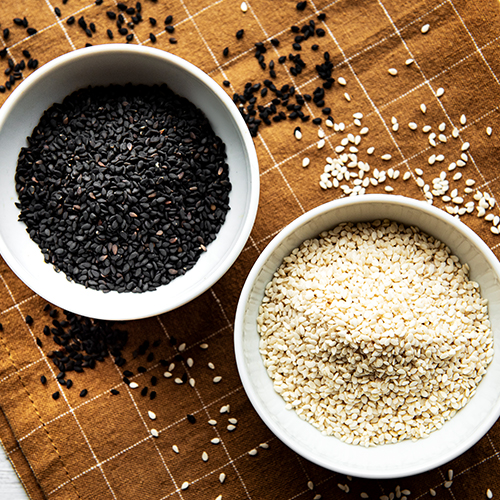
Sesame
Sesame is an oilseed crop with various types distinguished by seed color and size. White sesame is the most common type, with a mild flavor is used in baking, confectionery, and as a garnish. Black sesame has a stronger, nuttier flavor. It's often used in Asian cuisine for its unique aroma and color. We can supply sesame from Sudan, Tanzania and Burkina Faso.
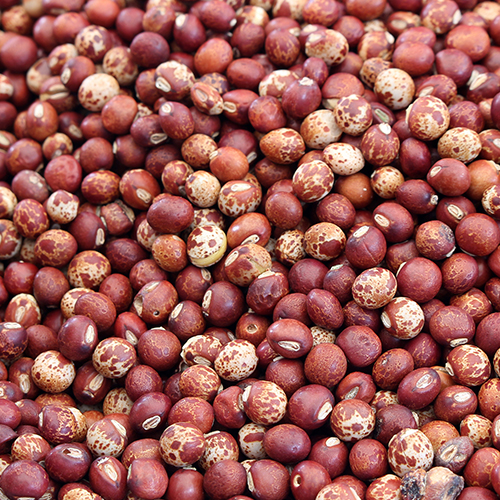
Pigeon Peas
Pigeon peas are a type of legume known for their nutritional value and versatility. We source pigeon peas from Tanzania, Mozambique and Malawi.
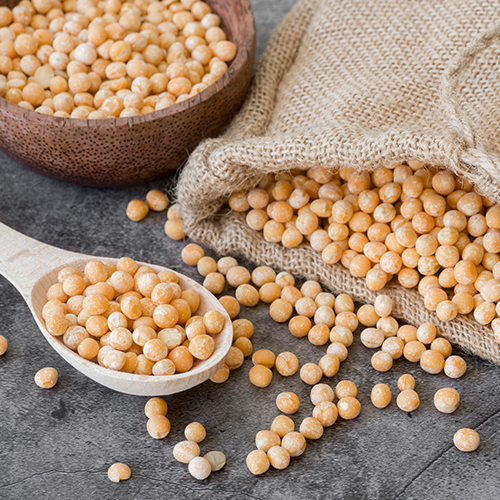
Chickpeas
Chickpeas, also known as garbanzo beans, are a type of legume widely used in cuisines worldwide. We source chickpeas from Tanzania and the Mediterranean region.
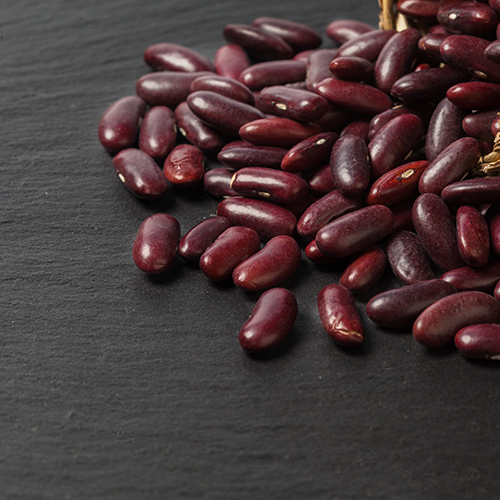
Beans
Beans are the edible seeds of plants and are a staple food in many cultures around the world, known for their high nutritional value, particularly in protein and fiber. We supply kidney beans from Tanzania.
Sugar
Sugar is a natural ingredient that has always been in our diet. It is also one of the world’s oldest documented commodities. It is widely believed that cane sugar was first used by man in Polynesia from where it spread to India. The extraction of sugar cane juice from the sugarcane plant, and the subsequent domestication of the plant in tropical Southeast Asia happened sometime around 4,000 BC. The manufacture of cane sugar granules from sugarcane juice in India started a little over two thousand years ago, followed by improvements in refining the crystal granules in India in the early centuries AD. The manufacturing of cane sugar and cultivation spread to the medieval Islamic world together with some improvements of production methods. The spread of cultivation and manufacture of cane sugar to the West Indies and tropical parts of the Americas started in the beginning of 16th century, followed by more intensive improvements in production in the 17th through 19th centuries in that part of the world. The development of beet sugar, high-fructose corn syrup and other sweeteners in the 19th and 20th centuries. Sugar for commercial use is produced from sugarcane and beet.
We are a fast-growing sugar exporter in the region. We export brown and white sugar to many destinations across the globe. We source sugar from producers in India, Brazil and Thailand.
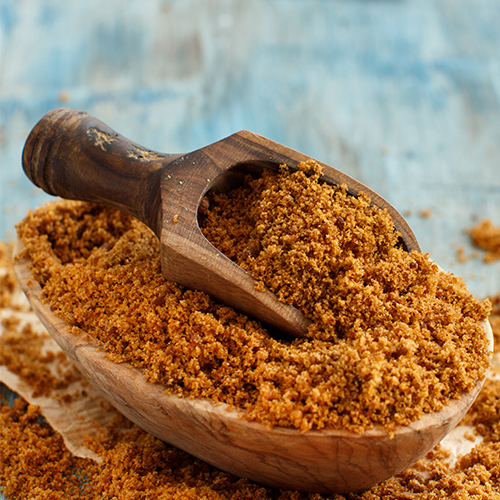
Brown Sugar
Mixing white sugar crystals with various amounts of molasses results in a soft, lumpy product called brown sugar. The amount of molasses added depends on the producer, but you could expect light brown sugar to contain 3.5 percent molasses, while dark brown sugar might contain 6.5 percent molasses. Brown sugar imparts the taste of molasses to recipes and adds moisture to make a softer texture.
Origins : Brazil | Thailand | India
Icumsa : 600-1200 (VHP)

White Refined Sugar
At the refinery, the raw sugar and molasses mixture undergoes further washing with hot water and separation through centrifugation and filtration. The naturally white crystals that remain are 99.9 percent sucrose. This sugar can go to grinding machines that produce different sizes of granules — everything from crystals to powders — for use in household and commercial cooking and flavoring. It is most used in our daily lives; White sugar is produced for day to day consumption. Prevails mostly in countries which have sugarcane plantation. This is otherwise called as table Sugar.
Origins : Brazil | India | Thailand
Icumsa : 45
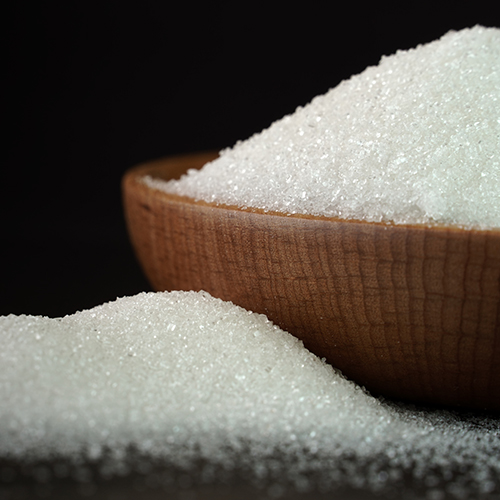
White Crystal Sugar
White Crystal Sugar, ICUMSA 150, is the recommendation for most customers because it contains fewer chemicals. White Crystal Sugar is produced using a crystallization process without chemical refining.
Origins : Brazil | India
Icumsa : 150
Edible Oils & Fats
The history of use of edible oils dates back to 2000 BC when the Chinese and Japanese produced soy oil and Europeans had begun to produce olive oil. Some oils have become available only recently, as extraction technology has improved. Corn oil first became available in the 1960s. Cotton oil, watermelon seed oil, grapeseed oil, and others are now being considered as ways to make use of seeds that were, until recently, considered waste. We supply full range of edible oils in consumer packs as well as in bulk. We have a very strong base of suppliers in Ukraine, Russia, Turkey, Egypt, Malaysia and Indonesia.
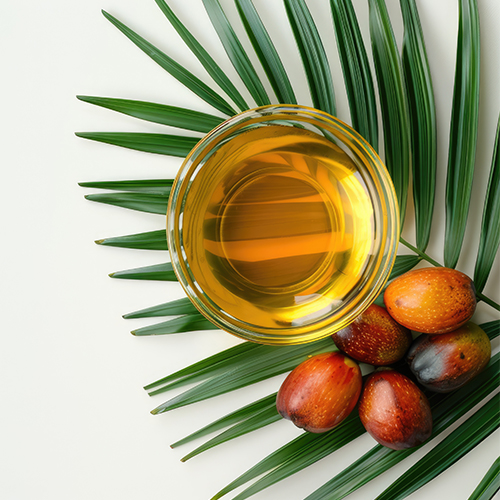
Palm Oil
Palm oil is the second largest source of edible oil, next only to soybean. It contributes approximately one-fifth of the world’s production of oils and fats. Palm oil and palm kernel oil obtained from the pulp and seed respectively. Palm olein is the liquid fraction obtained during fractionation of palm oil. There are different grades of palm olein based on the iodine value (IV) with potential for specific end-use applications. A more unsaturated fraction called super olein is obtained by further fractionation of olein. Super olein has better clarity, stability, and lower tendency to turn cloudy compared to normal olein. Among all the palm oil fractions, it is only palm olein that is suitable to be used as cooking oil. Palm olein has a maximum cloud point of 10°C.
Origins : Malaysia | Indonesia
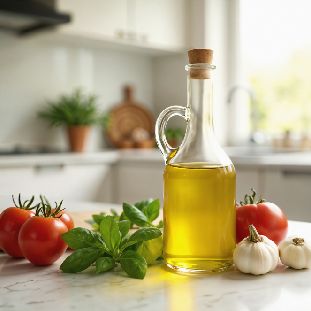
Sunflower Oil
Sunflower oil is the non-volatile oil pressed from the seeds of sunflower. Sunflower oil is commonly used in food as a frying oil, and in cosmetic formulations as an emollient. The expressed oil has a neutral taste profile. The oil contains a large amount of vitamin E. The world’s largest producers of sunflower oil are Ukraine and Russia.
Origins : Ukraine | Egypt | Turkey
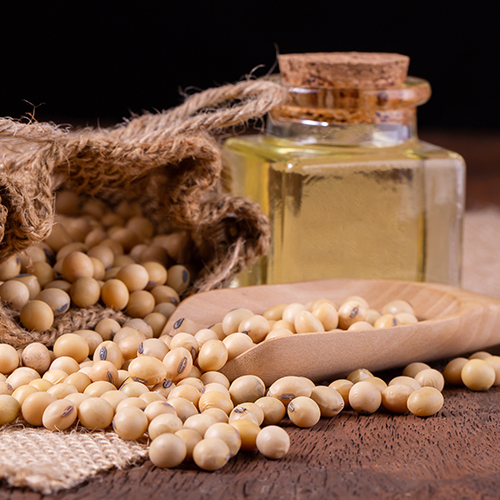
Soyabean Oil
Soybean oil is a vegetable oil extracted from the seeds of the soybean. It is one of the most widely consumed cooking oils and the second most consumed vegetable oil. As a drying oil, processed soybean oil is also used as a base for printing inks (soy ink) and oil paints.
Origins : Argentina | Brazil | EU
Animal Feed
Animal feed is essential for the nutrition and well-being of livestock, poultry, and aquaculture. It provides the necessary nutrients for growth, reproduction, and overall health, ensuring a steady supply of meat, dairy, and other animal products. The global demand for high-quality animal feed has grown alongside the expansion of the agricultural and livestock industries.
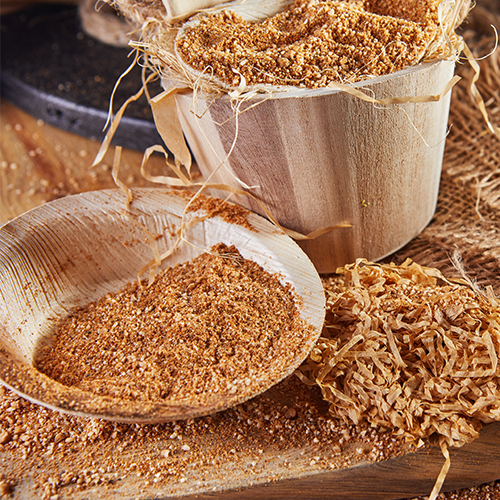
Wheat Bran
Wheat bran is a highly nutritious by-product of wheat milling, widely used as animal feed due to its high fiber content, vitamins, and minerals. It serves as an excellent source of energy for livestock, particularly for ruminants, poultry, and swine. Wheat bran aids in digestion, promotes healthy growth, and improves the overall health of animals. Its affordability and availability make it a popular choice in the animal feed industry. We export wheat bran from Tanzania, Uganda and Mozambique.
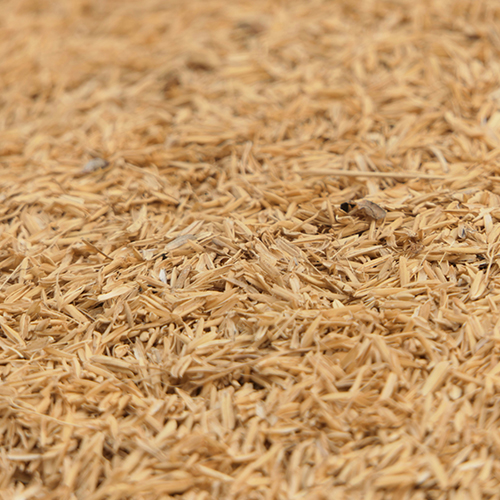
Rice Bran
Rice bran is a valuable by-product of rice milling, rich in nutrients such as fiber, protein, and essential fatty acids. It is widely used as animal feed, particularly for livestock, poultry, and aquaculture, as it supports healthy growth, improves digestion, and enhances overall animal health. Due to its high energy content, rice bran is an affordable and effective feed ingredient. We can supply rice bran from Tanzania and other origins.

